I don’t like buying shoes online.
That may seem like a bizarre way to open an article about textile art but stick with me.
Looking at pictures on a website, you can get a pretty good idea of the tone of the leather, the height of the heel, the detail of the stitching.
But having once spent an afternoon walking round a museum in shoes just a bit too tight, I realised all too painfully the merits of trying footwear out before handing over my hard-earned cash!
And making textile art without experimenting is a bit like buying shoes online.
Not fulfilling your original vision for a piece can be painful.
Developing ideas by playing with techniques and materials beforehand or even during the making process can help you avoid that pain. Because you solve problems and make discoveries in advance.
Missing out the experimentation phase can lead to frustration and disappointment.
Nigel Cheney on experimentation and samples…
Following on from our recent article Could sampling be your creative super power? we’re delighted to welcome back TextileArtist.org regular Nigel Cheney.
After gaining a first class B.A Textiles, with Commendation in Art History, in 1990, Nigel Cheney graduated from Manchester Metropolitan University in 1991 with an MA Textiles. He has held the position of Lecturer in Embroidered Textiles at National College of Art and Design since 1993.
His work is predominantly process led. It is grounded in tradition and a love of cloth and craftsmanship.
In this article, Nigel shares his thoughts on the value of making samples. His practical tips and passion for experimentation are sure to get you excited about sampling.
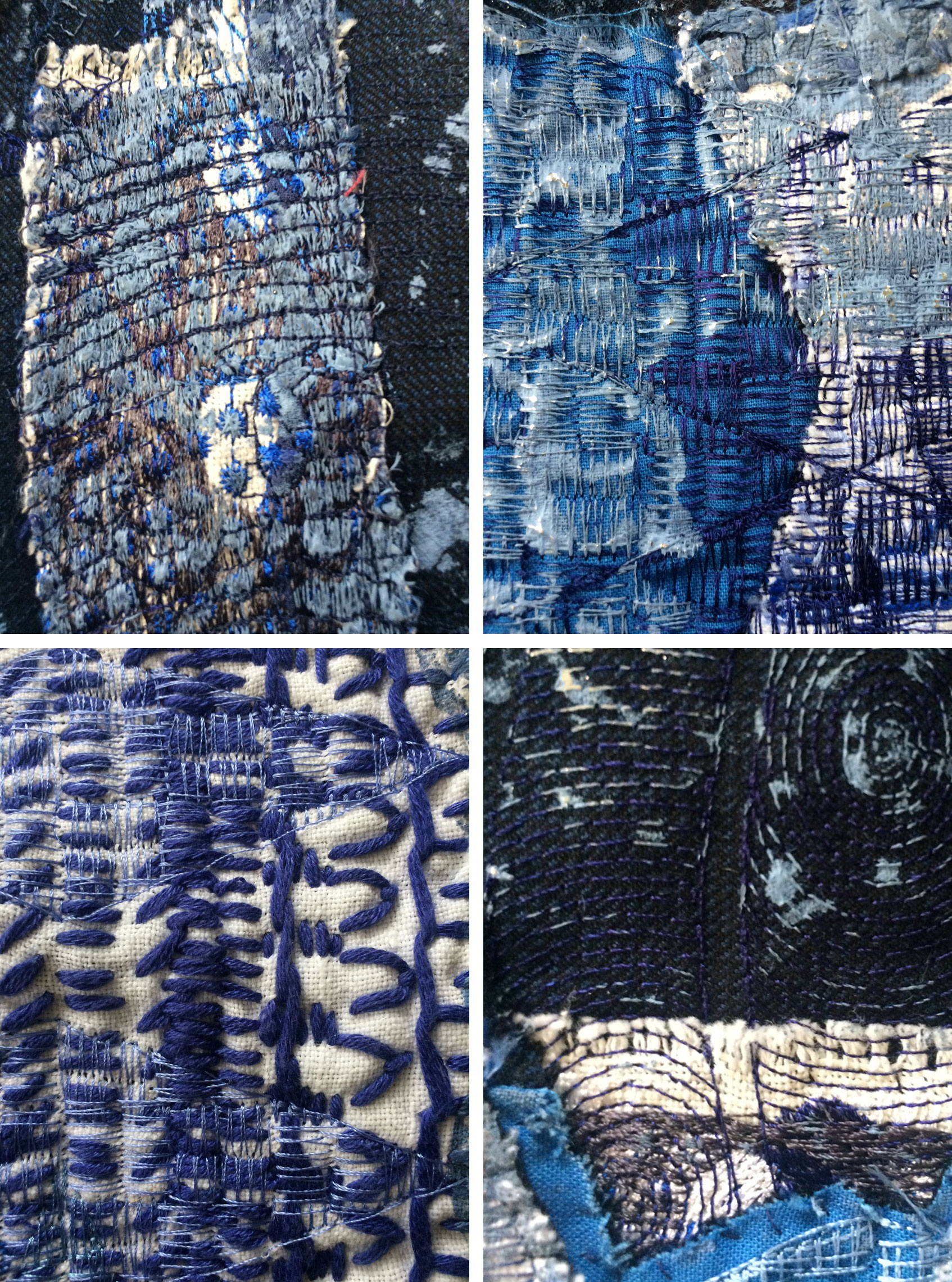
A hymn to sampling
Nigel Cheney: Experimentation and decision making are at the heart of every textile project. As a lecturer I have developed a mantra that I repeat from the first to the last day that I work with a student.
“Sampling is a way to answer a question through materials”‘.
This mantra is helpful at the beginning of a project or at a difficult stage in the making process.
Whenever I get stuck, or feel unsure about how to develop a piece or solve a problem, I spend time working out what questions I need to answer. Am I trying to decide if there is a better way to do something? Or which of the alternative paths to follow to resolve the work?
Questions can be practical, aesthetic or even conceptual. Mostly they boil down to ‘what if…?’
Goldilocks and the 3 stitches
The most important advice I can share is this: Remember Goldilocks!
We may have an instinctive sense that the ingredients and methods to hand are the answer; that this cloth, thread and stitch is the right combination. But sometimes we only know the best way to go when we explore alternative solutions.
Just like Goldilocks, only when I get to try the mattress out do I know if the bed is too hard, too soft or just right. Is that yellow thread on that blue fabric just right? Is it better if the yellow is more acidic or rich and buttery? Is the blue too cool or too warm?
Do we already know what we want or will we only know what we want when we see it? We might be really scientifically precise so we can repeat something exactly or be prepared to keep playing until we hit upon something we like.
For some people, a very methodical approach is the best way to find answers. For example, before we embark on dyeing several metres of expensive fabric it would be sensible to test a small amount. Varying the length of time in the dye bath or the strength of the dye solution will give very different results.

Size matters?
The next part of my mantra is:
“A sample is as big as it needs to be to answer that question”.
As we work, it can be tempting to let the sample get bigger and bigger until it takes as long to finish as a fully realised piece.
It is important to think about both economy of resources and time. If sampling is there to work through problems, it is far more sensible to try three alternative solutions than spend the same amount of time making one sample that is three times larger than it needs to be.
Be ruthless. Have you answered the question yet? If yes, stop. If no, continue.
For instance, if you are checking how to marry two materials, a three inch squared sample will give you plenty of room to see if the combination works.
Sometimes we can overwork a sample.
A record of creation
Taking photos at crucial stages allows us to look back and reflect. We can see if we went too far with an experiment or remind ourselves of a particular process.
It can be useful to annotate research. Notes about materials, details of techniques and measurements can help us recreate a particular stitch effect. How did I get that tension on the machine? What settings did I use? Do I want to try this out with a thicker thread?
These things appear obvious but can be easy to forget.
There is also a benefit in thinking about the double whammy of sampling. If you have make a decent sized sample why not divide it in two. Leave one half as it is and then do something else with the other half. Surprises can be the best part of sampling.
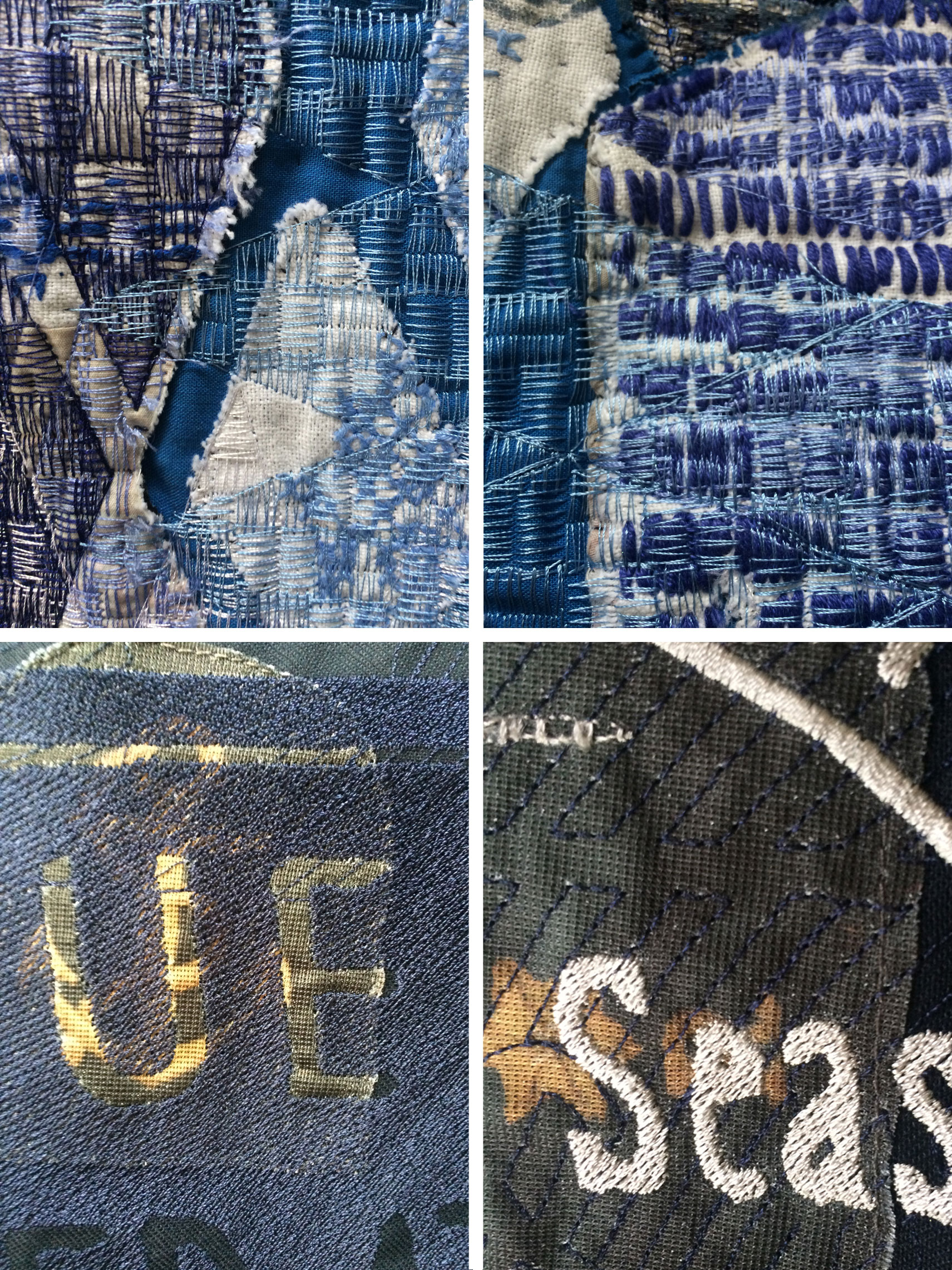
A conversation between ideas and making
Over the years I have seen that students tend to divide into two categories.
Firstly those who start with paper. Their research dictates fabric selection and choices about techniques.
For others materials and process drive their passion.
Ultimately the best work has some conversation between the twin notions of ideas and making.
But I can’t draw…
If I had a penny for every time someone told me they can’t draw I would be a very wealthy man!
But when I talk about ‘drawing’ it doesn’t mean using a 2b pencil to render a 3d object on a sheet of white paper in as accurate and realistic way as possible. That would be ridiculous.
For me the act of drawing is a way to get what is in my brain onto a surface so that I can interrogate it and respond to it through materials.
I enjoy working through ideas ‘out loud’ either over a coffee with a friend or in a notebook. These conversations involve lots of arm waving! Drawing is simply a way of capturing that animation through diagrams, doodles or sketches.
Where the work needs to resolve ideas about scale or colour I might begin with paper as it is much quicker than stitching.
I find the biggest rewards from my practice come in the pursuit of translation from paper to cloth.
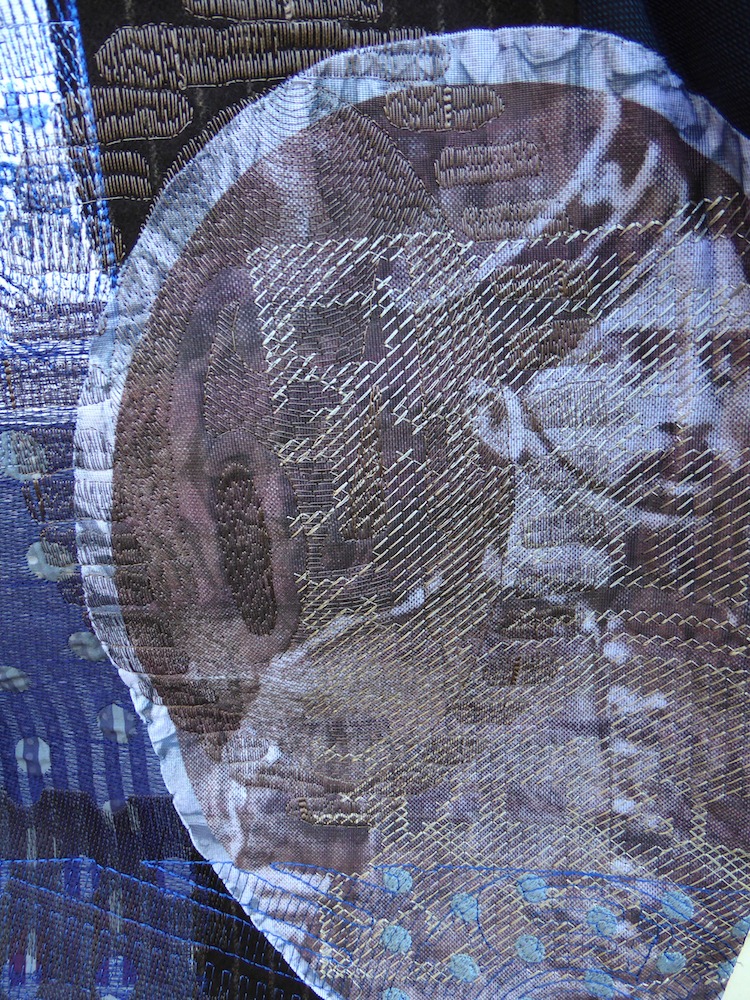
Playtime
When we think of a baby’s development, we appreciate that toys stimulate their fine motor skills; tactile appreciation and even sound can delight.
Textiles satisfy the same needs. ‘Listening’ to the fibres and fabrics is essential. What do they want to do? Do we want to challenge those qualities (e.g. making something stretchy become static, making something sheer become opaque, making something smooth become hairy)?
There is something visceral about embroidery. The satisfaction of a thread moving over a fabric is something that can only be experienced by sewing.
As much as we may think we know the rules, every decision has consequences. If we use the holy trinity of textile techniques (namely embellishment, manipulation and construction) as a philosophical way to approach the materials, our sampling questions become really specific and focused.
Never give up hope. Even the most disastrous sample has potential to be something wonderful. Scissors are our friend; chopping something up, re-assembling it, applying it onto a different ground or simply turning it over to appreciate the reverse can all be revelatory.
Baby steps
Colour is the most seductive element of textiles. This is a blessing and a handicap.
In order to make informed decisions about materials and techniques it can be useful to take colour out of the equation.
If you want to focus purely on material properties and becoming proficient in a specific skill, making a sample in black and white is a great discipline.
If the colour combination is wrong then it is really hard to see the merit in a sample; you become blinded to textural discoveries. Working in monochrome is kind of foolproof; it ensures your sample gets to the heart of the problem straight away.
Being inspired
Online resources like TextileArtist.org or Pinterest can provide an overwhelming amount of inspiration. There is little merit in just trying to copy someone’s work but by analysing the use of techniques there is much we can learn.
There are a myriad of books out there. Some are very project orientated whilst others give excellent ‘how to’ and ‘step by step’ instructions on techniques. Being a magpie can be fruitful, but you could very easily drown under the weight of inspiration. Limiting yourself can be empowering.
Take some time to make lists of what really matters to you. Divide all the items under headings (e.g. texture, colour, mark making, pattern). Some of your favourites might tick several boxes.
The point of this classification is that when you are about to begin sampling and need a little help in how to decide the best way forward, these references can be a little nudge in the right direction.
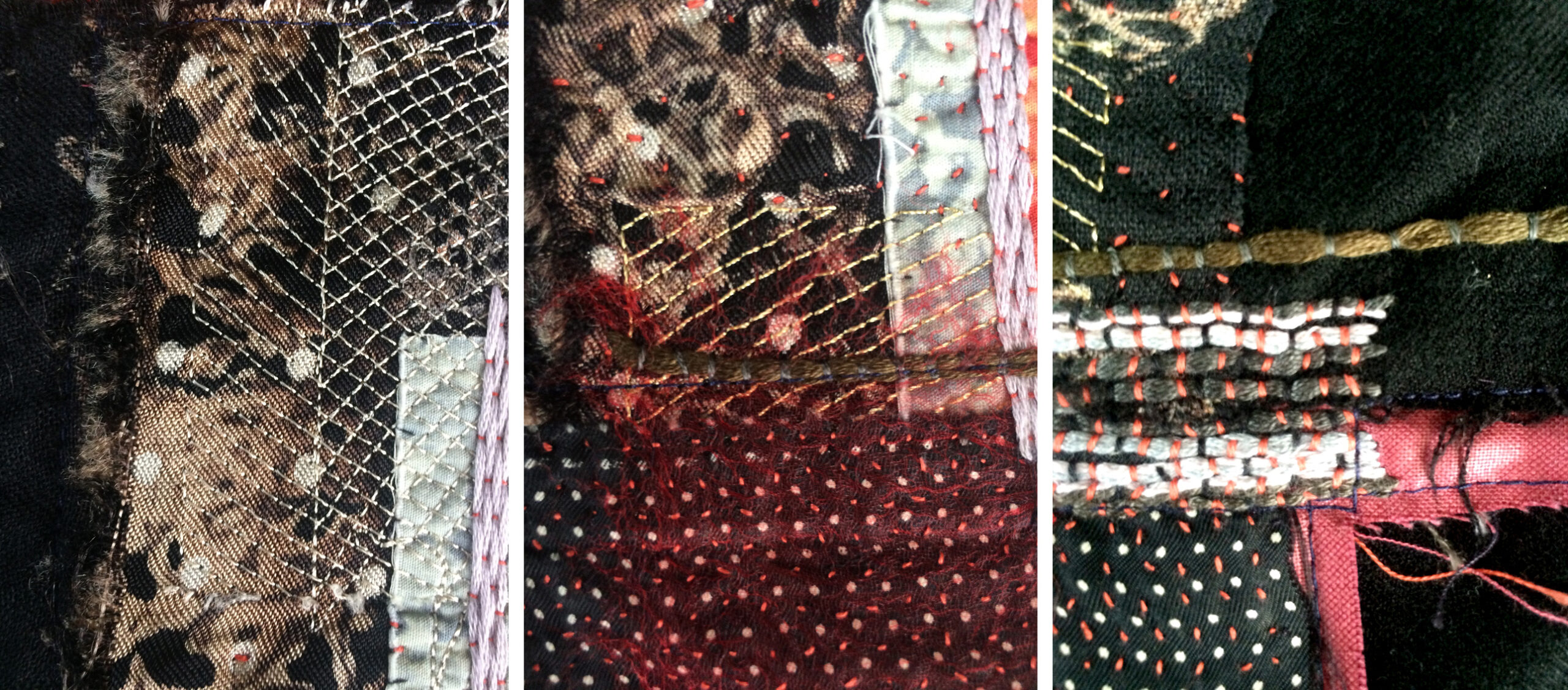
Line or surface?
Having spent so long working with digital stitch where the software demands that you assign every element as a line or a shape I try to think of all hand stitches with the same consideration. Can this stitch create line? Or be repeated to create a surface?
This is an aspect I love about sampling. Taking risks. Overlaying one mark on another. One process over another. One colour over or against another.
When teasing out ideas on paper, I think of my pen as a needle. Do the marks I make have a flow or rhythm? Are they continuous or short stabbing marks? What happens if I draw one line over another? What happens if I rip up the drawings and collage them together in a different composition?
It requires bravery to chop up a sample you have spent ages working on, but taking risks is what sampling is about. Be brave.
Variations on a theme
I remember reading an article by Nigel Slater on cooking where he proposed that the secret of enjoying the food you eat is to have the confidence to cook the things you love over and over. Not to be intimidated by trends and feel inadequate if you can’t serve something different every day.
Experimenting with the familiar can be more satisfying than struggling with something new. If apple crumble melts your heart then bake it at least once a week. Every apple will be slightly different and although you follow the same recipe, subtle variations can be where the real challenge and consequent rewards lie.
This is a great strategy for textiles. There are particular stitches I adore, such as seeding. There are fabrics I find particularly rewarding to work with, such as silk chiffon for its colour bloom and translucency.
Your version of these can become your unique signature. The decision to keep sampling within narrow parameters means you take ownership of your techniques and materials and become braver with them. This can offer far more rewards than trying every technique under the sun.
Whatever you choose to do, enjoy sampling. It’s about taking risks, being practical and economical with expensive resources, and ultimately a way to help fully realise your vision for your textile art.
How do you experiment in your process? With samples? Sketchbooks? Or something else? We’d love to know – leave a comment below!

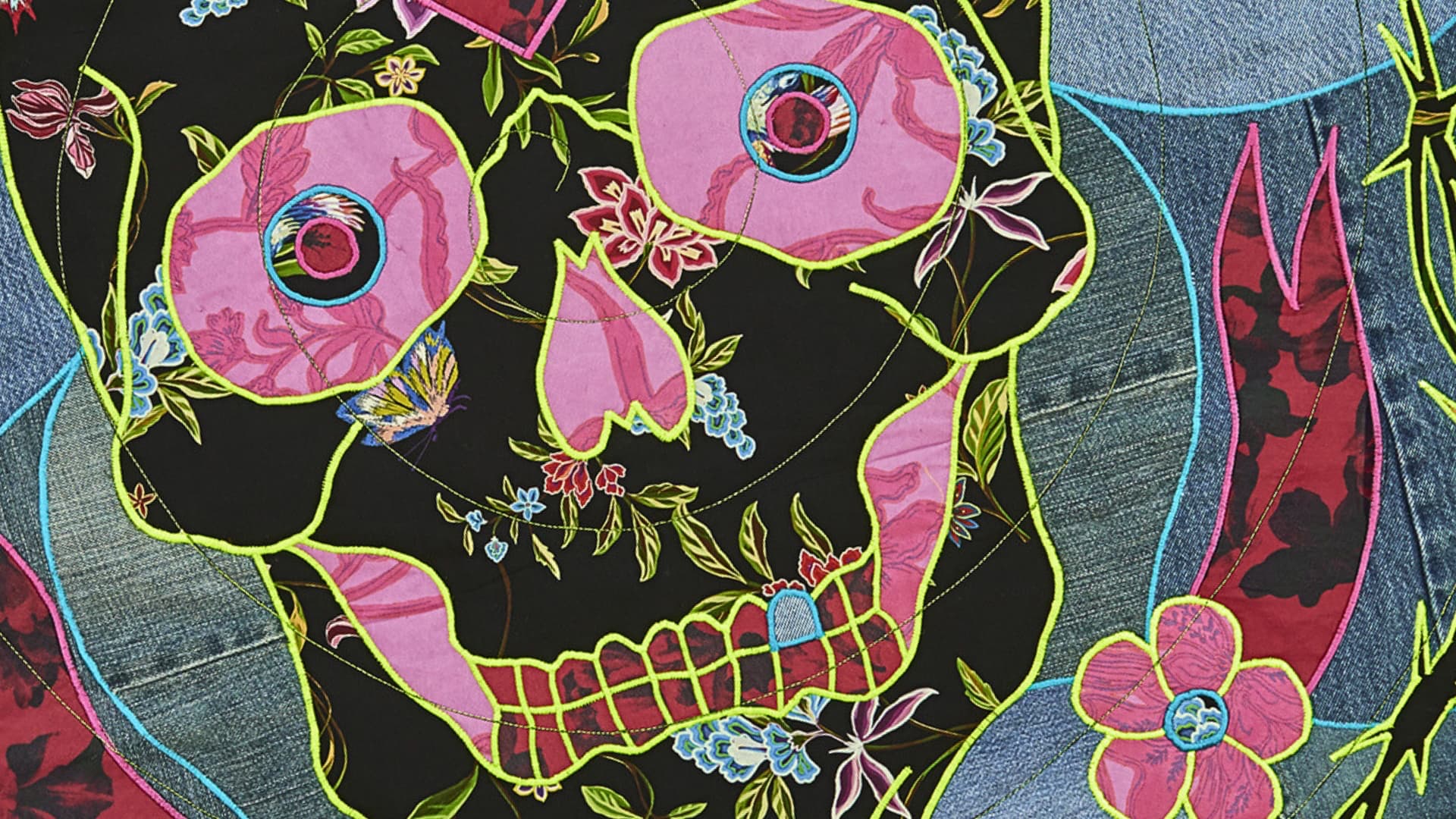
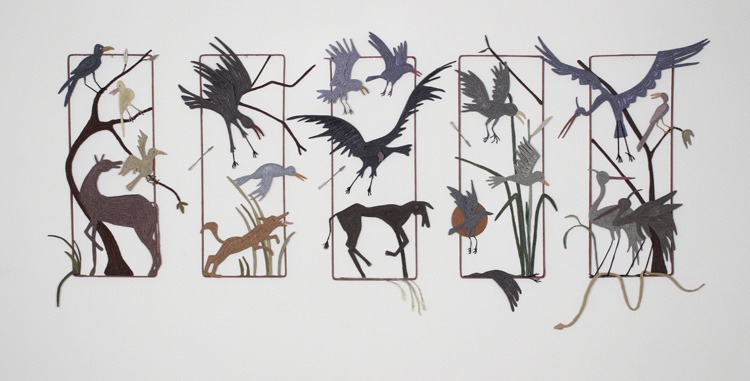
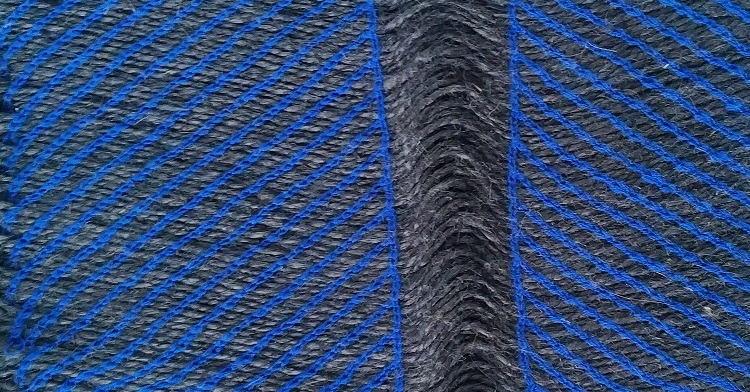
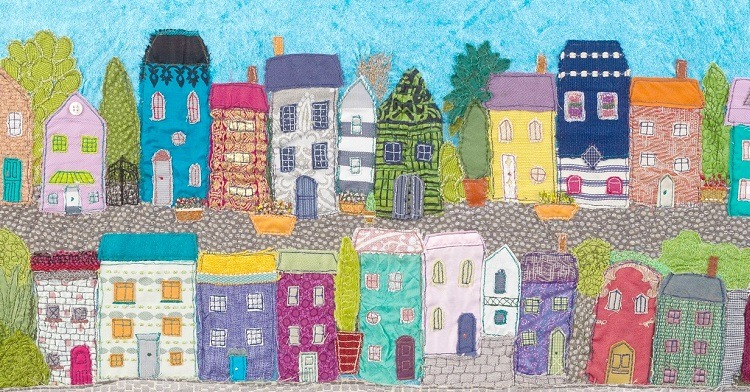
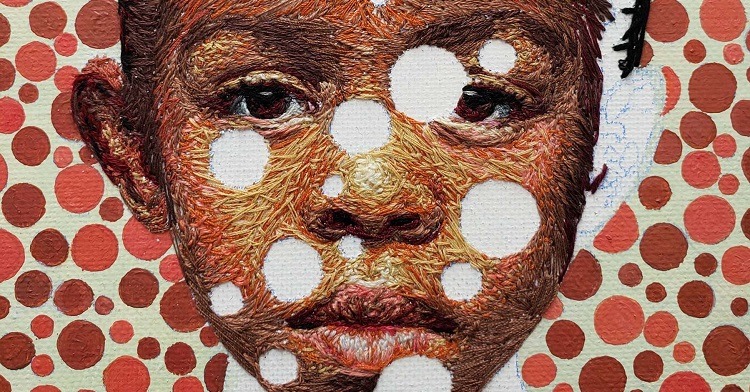

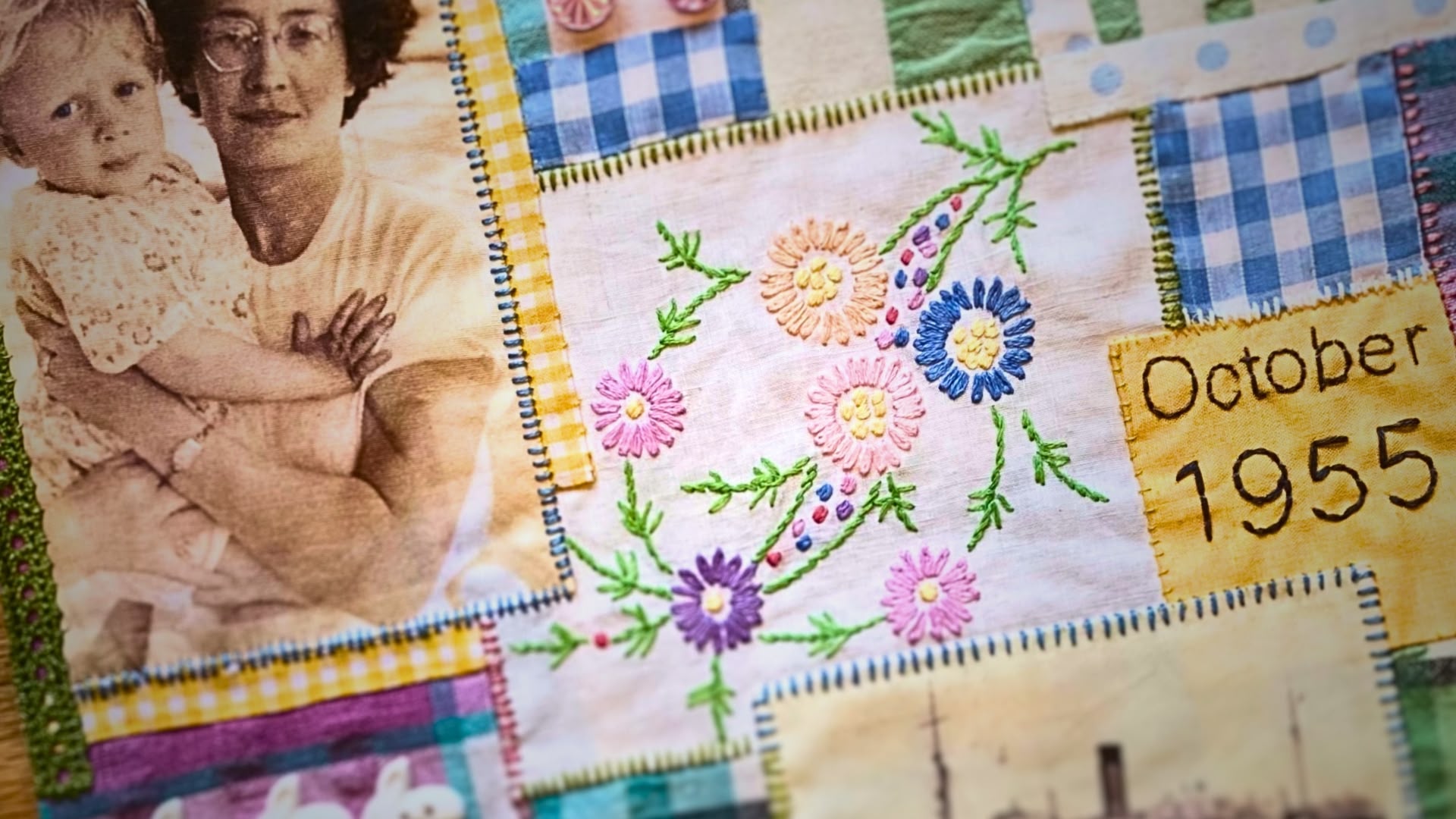
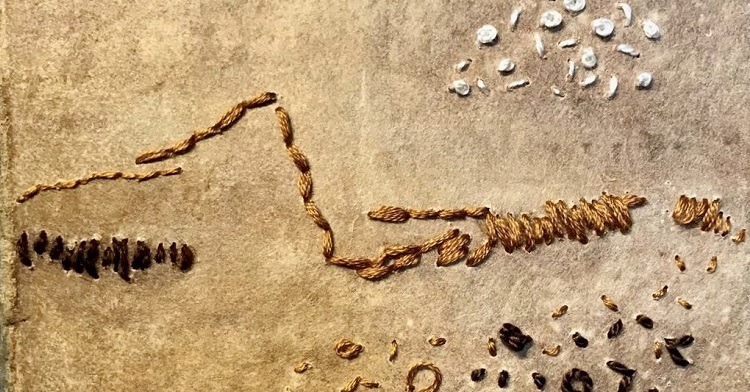
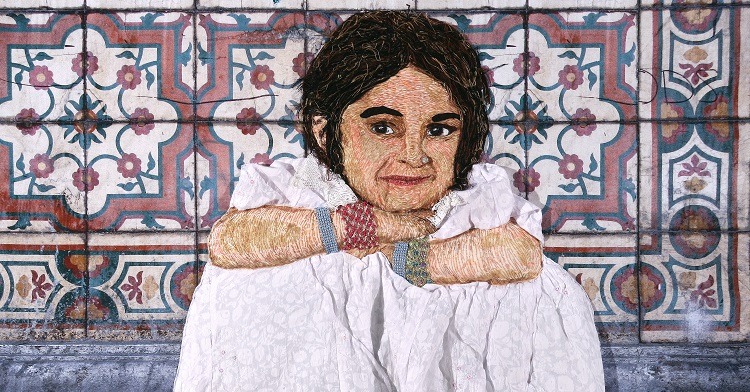

17 comments
Mary Stevenson
I loved this article! I have thought of samples as a huge waste of my limited studio time but realize from this article that l already use some of these ideas but didn’t recognize the process as sampling. I will now deliberately experiment this way. I also have been stressing over the need to explore new techniques and broaden my work but still have a consistent unique signature. l appreciate the advice here to work with what you know and love and use sampling to broaden those parameters! I have been inspired this morning by this information and can’t wait to get to the studio and begin some sampling!! Thank you!
And thank you , Joe & Sam for continuing to bring us good information! I recently was so thankful for the textile artists who shared pricing techniques. I have struggled with this for years and finally had a formula l’m comfortable & confidant about.
Kate
I am a newbie to textile art. Yes I have done embroidery over time. I am a mature hippie. But never at the level I see with the artists you bring to my tablet. I have always shied from the samplers of my grandmothers and many of my guild members. Now I see what a sampler is intended in making art. I hope to apply this to my next new works.
Ramona
Thank you. I very much enjoyed this article and the inspiration it invoked.
Liz
Thanks so much for a framework for sampling. This is also very timely as I set up my own practice and learn to evaluate my own pieces.
Manu Yadav
Really great. It really helped me in my work as well. Thanks.
Pamela
I love sampling so much, that I almost never get to a real piece…It has all to do with my curiosity answered throughout the sampling and wanting to start another and another. Sometimes I feel annoyed about this. Who recognizes this and what can I do to take the next step?
Barbara
It has become my go to email every Monday morning with my cup of coffee.
Cara
Thanks for a very clear presentation of sampling.
Thelma
As a feltmaker I wouldn’t make black and white samples because dyed black wool doesn’t always felt very well – I assume that the dyeing process changes the nature of the fibre.
Otherwise a really good article. I will go and make a sample right now !
Bridget Carpenter
A great article just when I needed it. I’m just putting all my samples together down onto 30cm calico squares and in doing so, magical things are happening! As I’m placing small experiments together within the squares, I am seeing new associations and possibilities. But it’s also helping me to see that in a seemingly random bundle of failed attempts, there is a coherence of style starting to emerge. At the very least, at the end, instead of a lot of shameful mistakes squirrelled away in corners, I’ll have a pile of squares that might make a book of respectable looking samples.
Suzana
Wonderful! Thank you very much.
Ev
Great inspiration. Thank you.
Helen Ashton
Hi
I found both this and the previous article on sampling to be so helpful and very inspiring. I have been trying for some months to work in different ways and think that the guidance in the above article is really helping.
Thank you
Helen
Janet
Loved this article. Im going to share it with my A level colleagues after half term.
I had a machine embellished piece which grafted some fabric shapes together but wasn’t right. So as it was a mess anyway I slathered it with texture medium, paint and tyvek pieces . I lost the hard edged shapes and gained lovely texture.
Jen
Hi Joe and Sam,
I wanted to take a second to say what a great job you guys are doing with this site and it’s really helped me to move forward from a stagnant project I thought might be a lost cause.
As an amateur this is the best resource I have found.
Keep up the great work 🙂
Jen
Carrole
Could textile folks comment on how they use, keep, and organize their samples?
I’m always pulling mine out, trying to figure out how to use them.
Thanks
Carrole
Carole Rothstein
Transparent color coordinated samples and fabrics and findings stored in plastic boxes lined with acid free paper stacked on each other help inspire me. If I can’t see it in my studio how do I know it is there waiting to inspire me?
Nigel’s limited variations would surely help build up a good start simplifying before going on to the next texture, color or transparency. I am exited to have landed on this website from a friend whose art I much respect.